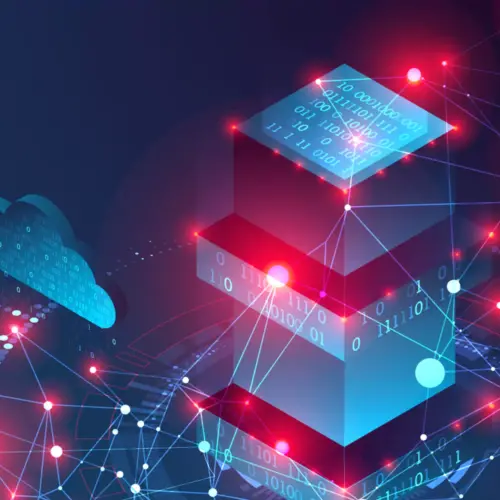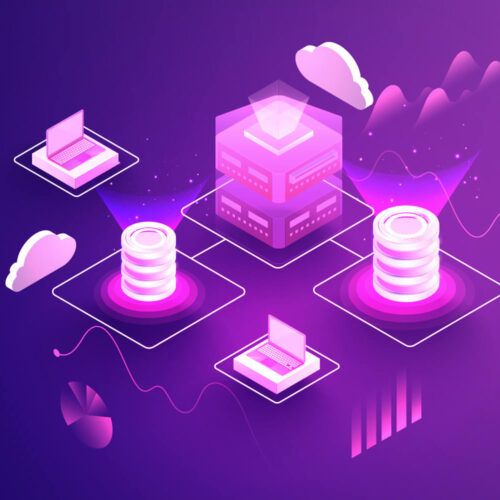A question often discussed around the CMDB realm lately: How will the relevance of the CMDB be affected by the changes that come about as we move to and past totally virtualized, more toward hybrid, and ultimately to serverless cloud computing? Will the CMDB become more relevant, or will it be rendered completely irrelevant as these changes become industry norm? If you’ve been following the blog, you already know where we stand on the issue — though we’re focused more on the general relevance of the CMDB in the former post, here at Device42 our conclusion and our reasoning for it remain the same.

Unique challenges
The move to the cloud has created some very unique challenges that all vendors that occupy the CMDB space and want to stay relevant must accept and adapt to. First, we will briefly touch on the specific challenges that were created first by virtualization, which are becoming more and more the norm as the proliferation of the hybrid and the pure-cloud infrastructure continues. These challenges fall into the following categories:
CMDB challenges created by virtualized, hybrid, and cloud based infrastructures:
- New classes of data – the configuration specifics of the cloud environment(s) and/or virtualization platforms themselves, plus those of the guests (or ‘instances’) that they hosts, and the applications running on those guests
- A new set of inter-relationships due to the above – Physical hosts were much more static than hypervisors and the hybrid or public cloud environments, their guest systems, dedicated or shared storage (which may virtualized itself, and can even live in a different location), and the virtual networks created within the hypervisors and cloud providers, and connectivity between your different sites (which is often redundant, as well)
- Speed at which change can occur – via automation, a nearly unlimited number of guest operating systems and/or instances can be provisioned both on hypervisors, and in the cloud faster than the previous generation’s methods could configure a single one. This results in new information being created and changed at a pace previously unheard of. Furthermore, these systems can not only scale up, but can scale back down very quickly as loads change, and can even shift location to deal with both outages and varying geographical traffic situations.
- Cloud data collection, specifically, can present a unique, and significant challenge. There does not currently exist a generic method for collecting this data, and cloud vendors only expose the data they choose to; some less than others. This makes getting consist CI data from the various cloud vendors quite a challenge.
Continuous Discovery
A CMDB designed around static, or infrequently changing physical systems is doomed to fail. Many do not even possess the facilities to collect the CI data that is relevant the full range of virtualized environments, never mind hybrid, or fully cloud based environments – while others which continue to try to adapt their existing physical models to the cloud will fail at keeping up with the rate of change these new domains present. Only a real-time / near-real time Continuous Discovery CMDB that has been built from the ground up to be virtual and most importantly, cloud-aware will survive and thrive as more and more infrastructure is moved off site, and out of private, physical data centers.
Built with the cloud in mind
These new challenges require new solutions that were engineered and built with them in mind. For a CMDB vendor that is or has remained relevant in the virtual space to succeed and stay relevant through the hybrid and specifically the Cloud computing space, their product will be required to keep pace with the rate of change these environments present. Continuous Discovery, with near real time updates therefore, will be a key differentiating factor that separates the products that are and are not relevant in the modern virtual, hybrid, and serverless cloud-centric datacenter. Relevance in the cloud-centric world will demand that the CI and relationships in the next-generation CMDB always be up-to-date and accurate.
Staying relevant in a server-less world
The CMDBs that are successful at staying relevant in the server-less era will likely be hybrid products that accept the reality of what computing is today, while having a strong grasp on where the industry is headed. These products will including all relevant functionality necessary to address the needs of both the existing data center of today, and the server-less data center of tomorrow. Instead of trying to re-invent the wheel, they will integrate with other market leaders where a given niche problem is already well-solutioned (if you can’t beat ‘em, join ‘em). Automation, being of utmost importance in co-piloting the change in a cloud-centric world will also need to be taken into account and leveraged by any product that wants to thrive. Versatile, well documented APIs and webhook functionality that allows for custom integrations and specialized use cases that go beyond the capabilities provided out of the box will also serve to clearly differentiate the winners in the serverless realm.
Device42 was built from the ground up with the cloud in mind. We spend all day, every day thinking about the server-less world, and we live in it, too. Device42 is a true multi-tasker, and it provides all of the features necessary to assist you in orchestrating the data center you have today, as well as integrations with the software you’re already using to assist in managing the cloud based world. Device42 is ready for the future, with a powerful, well documented RESTful API, and webhooks to integrate with the automated, server-less data center of tomorrow.
We’d love to hear what you think about Device42, how you’ve been using it, any questions, comments, or anything else that might be on your mind! Please do leave a comment or drop us an e-mail, and if you aren’t yet a Device42 user … what are you waiting for!?
Download a 30-day free trial at www.device42.com/download today!



